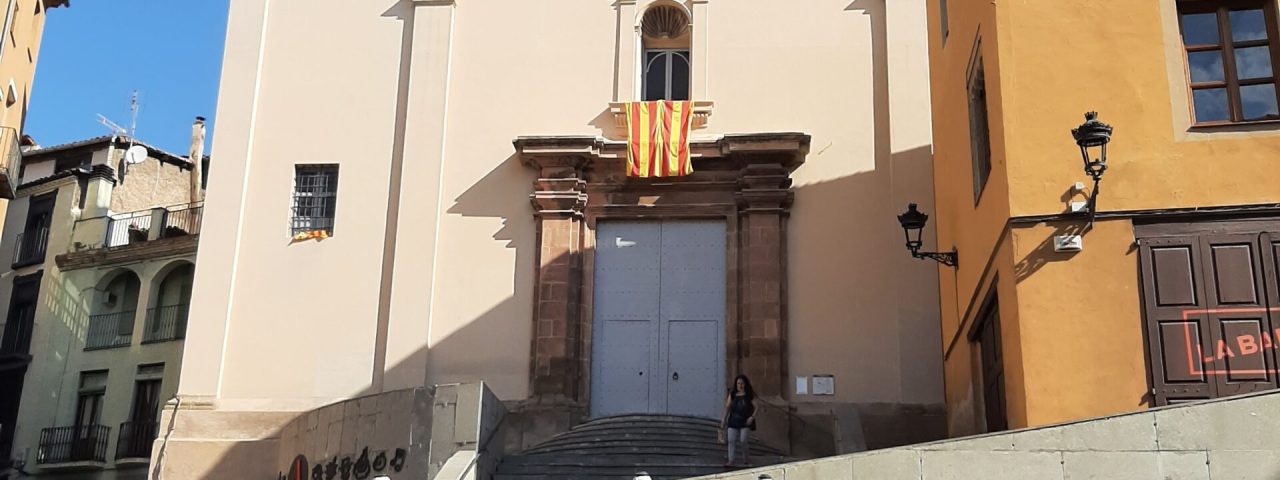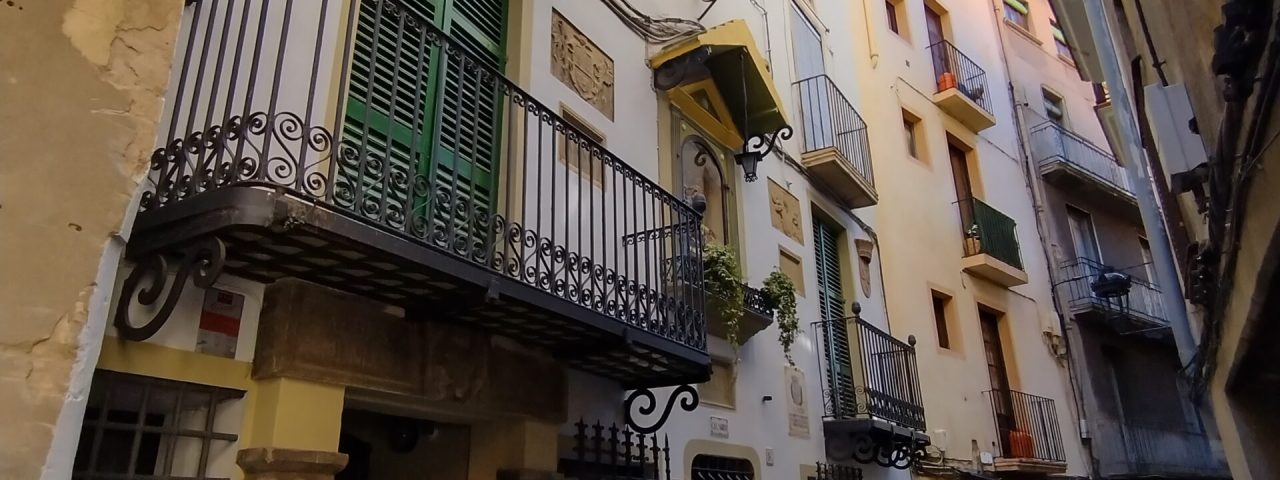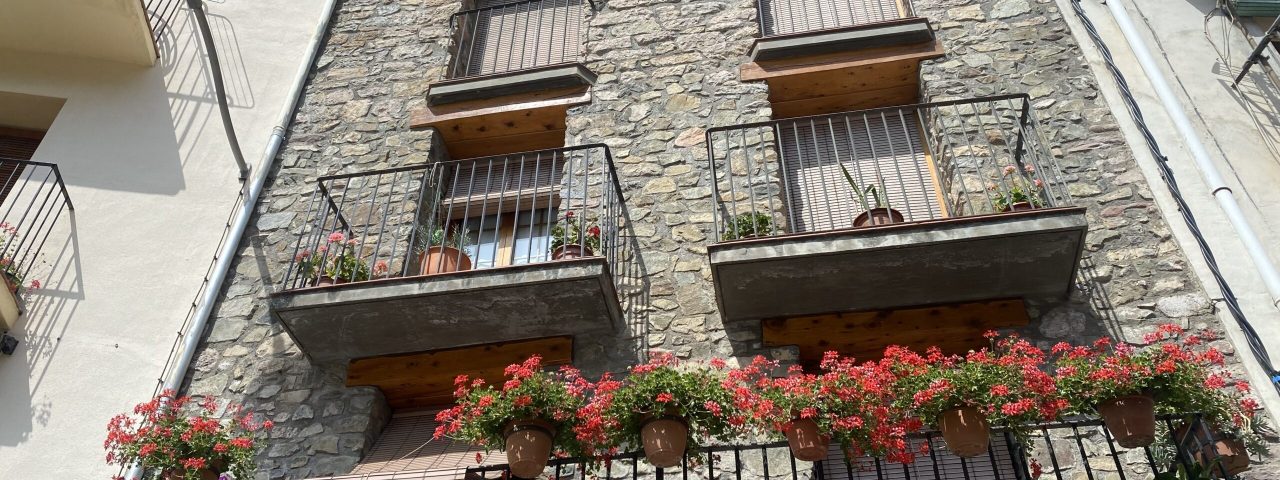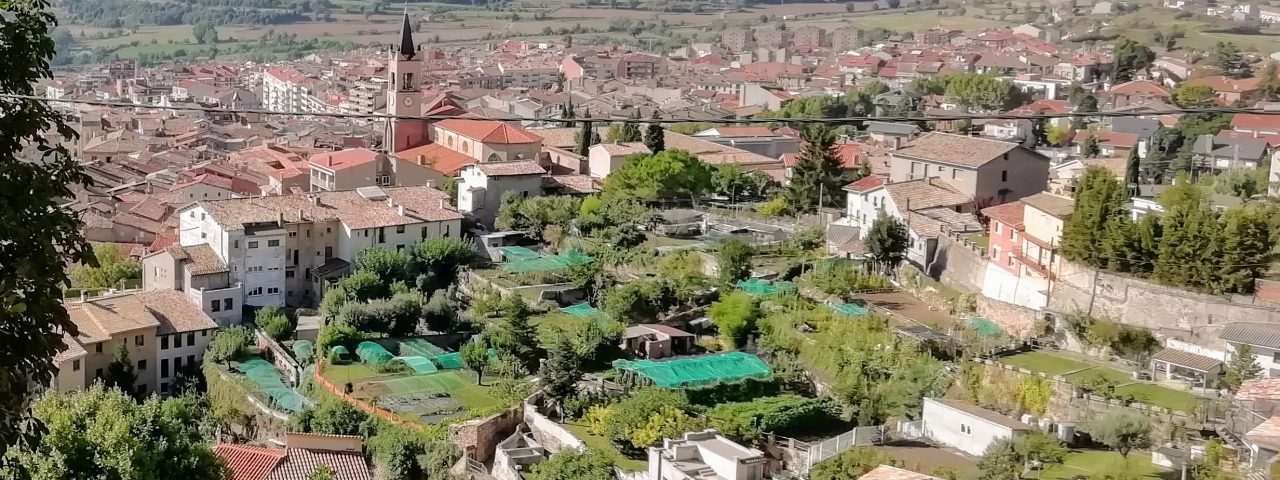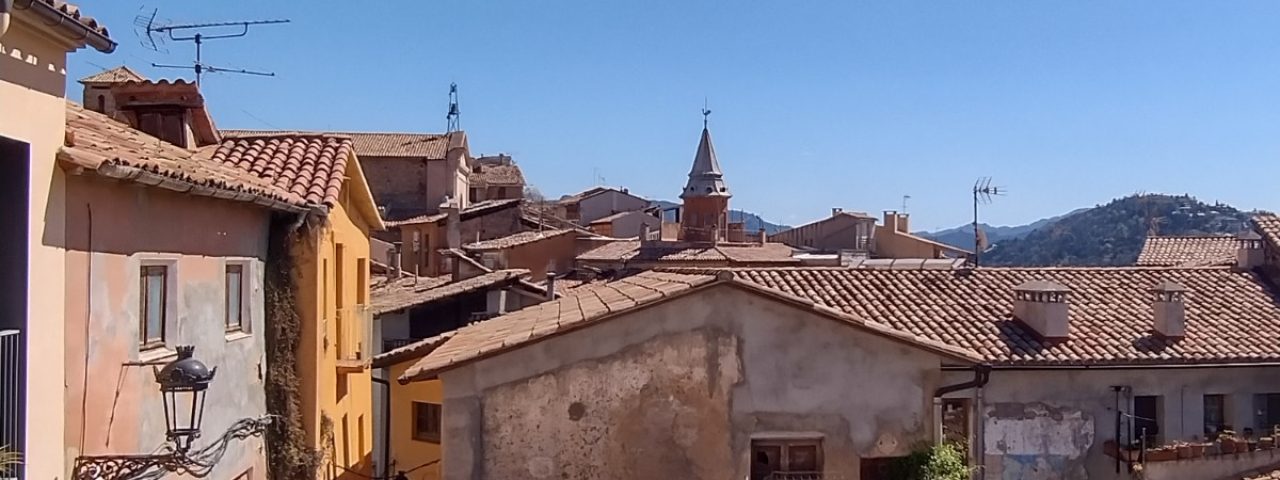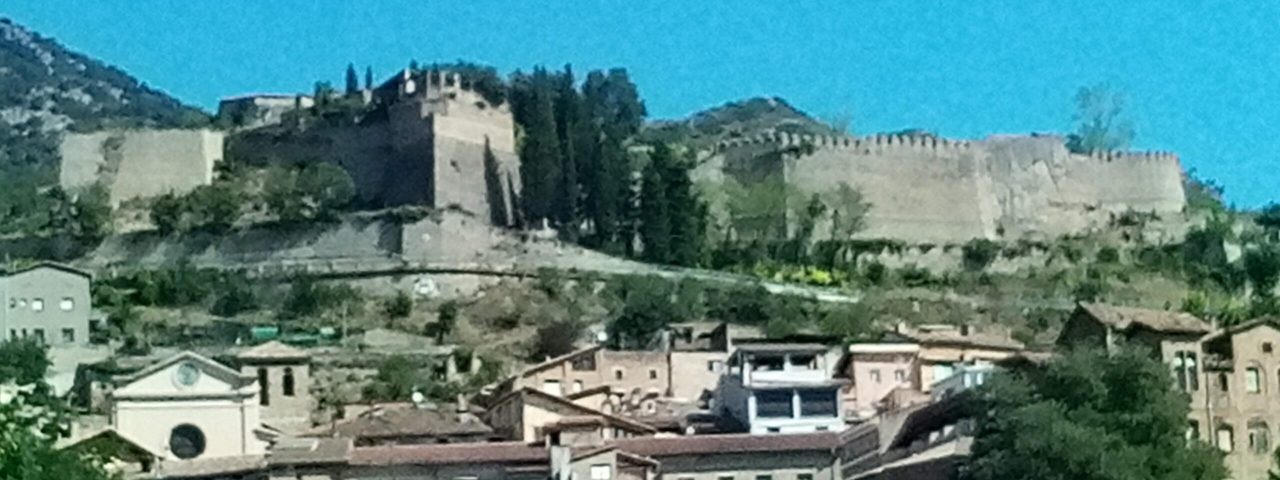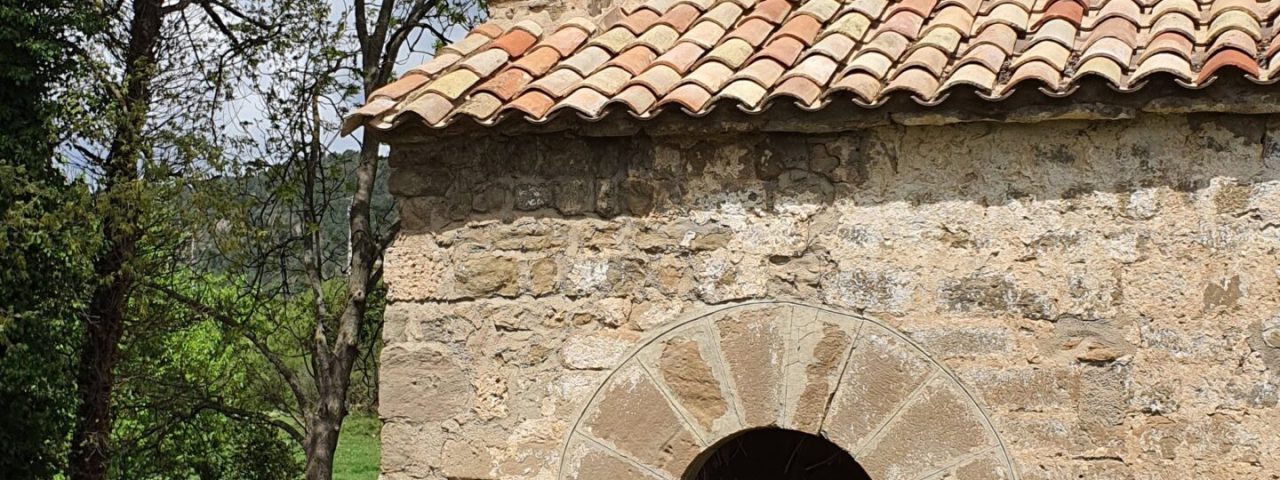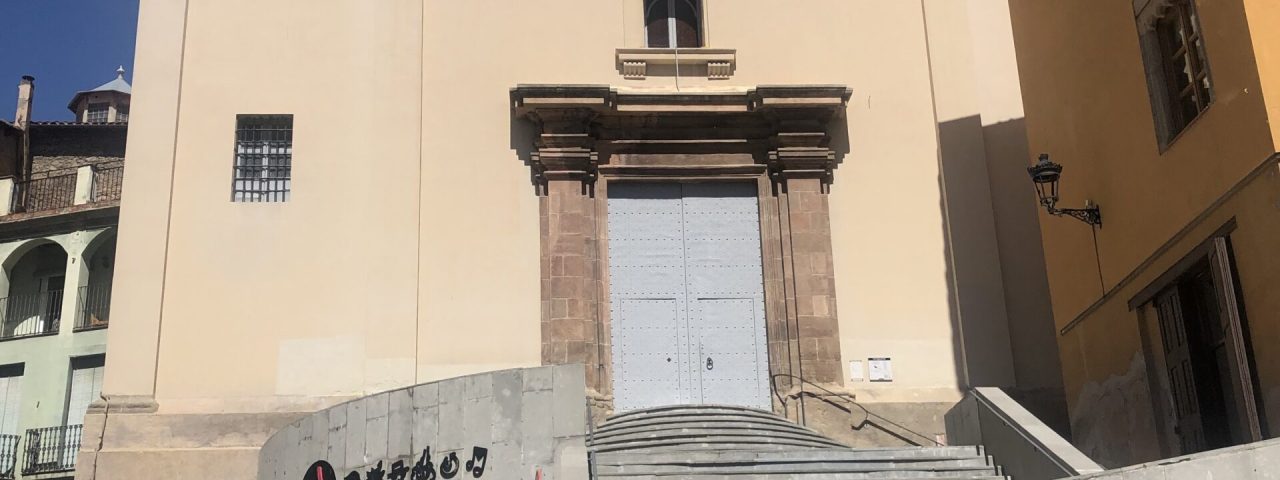Berga’s history is deeply rooted in Catalan tradition, with influences dating back to the Roman era. The town grew significantly during the Middle Ages, when it served as an important strategic and military point due to its proximity to the Pyrenees and the Kingdom of Aragon. Throughout its history, Berga has been a battleground for various conflicts, including during the Carlist Wars in the 19th century, when it was briefly declared the capital of Carlist Spain.
Culturally, Berga is most famous for its UNESCO-recognized festival, La Patum. This festival, which takes place during the Corpus Christi celebrations, dates back to the Middle Ages and is a vibrant blend of music, fireworks, and traditional Catalan performances. It involves effigies, symbolic dances, and pyrotechnic displays that attract thousands of visitors every year. The festival is a key element of Berga’s identity and a must-see event for anyone interested in experiencing Catalan culture.
Additionally, Berga is home to various cultural and historical landmarks such as the Church of Sant Pere de Madrona and the Sanctuary of Queralt. Local traditions, from folk dances to the cuisine, have been passed down for generations, giving visitors a deep sense of connection to Catalonia’s cultural roots.
